With the updated 5th edition of Dungeons and Dragons, what I’ve started called 5.24, I thought it might not be a bad idea to toss out a basic How-To guide. This isn’t going to be a review of the new book or revised rules—I might do that later. This is just an overview of the game itself and to hopefully answer any questions some of the newcomers to the game might have.
Table of Contents

What is Dungeons & Dragons?
Very TLDR: Dungeons & Dragons, and other tabletop role-playing games, are collaborative storytelling games. A group of the players build characters while one takes the role of Dungeon or Game Master. Together the table creates a tale; the characters react to scenarios in the story setting that the dungeon master presents, guiding the plot.
A Brief Overview of the Game’s Legacy
Dungeons & Dragons (D&D) has been captivating players since 1974 and is often considered the grandfather of role-playing games. What began as a tabletop war game with complex rules and dice evolved into a cultural phenomenon that encourages creativity, strategy, and camaraderie. In its 50 years this game has spawned and inspired video games, movies, TV shows, board games, music, art, countless novels, and the list goes on. Frankly, it helped define Fantasy as a genre.
Storytelling and Collaborative Play
D&D is a game of storytelling. Unlike many traditional games you don’t “win” D&D. Players take on the roles of characters in a fictional world and, through imagination and dice, play through a story. The story is guided by another player called the Dungeon Master (DM) She weaves the story, presents challenges for the adventurers to overcome, and arbitrates the rules of the game. It’s this collaboration that makes D&D, and other tabletop role-playing games (TTRPGs), more than just games; it’s a social experience where using imagination and working together is encouraged to prevail over obstacles, explore new worlds, and, most importantly, have fun.
The Basics of Game Play
Have you ever seen a group of kids in a park or yard playing a game that requires one person to ‘get’ another? They have built an entire scenario about what’s happening, Where it’s happening, why it’s happening, and what happens next. D&D is that, just at a table. Instead of figuratively deciding who got who, we roll dice to determine success of the task the imagined characters are undertaking.
At Its Core
Dungeons & Dragons is fundamentally about having fun through imaginative play and teamwork. It’s a game that gives people permission to make-believe and pretend. As a table crafts their unique story together each player’s creativity contributes to the group’s shared experience. Whether it’s solving puzzles, engaging in epic battles, or simply interacting with other characters, the focus is always on enjoying the adventure and the bonds formed along the way.
The Role of Player Characters and the Dungeon Master
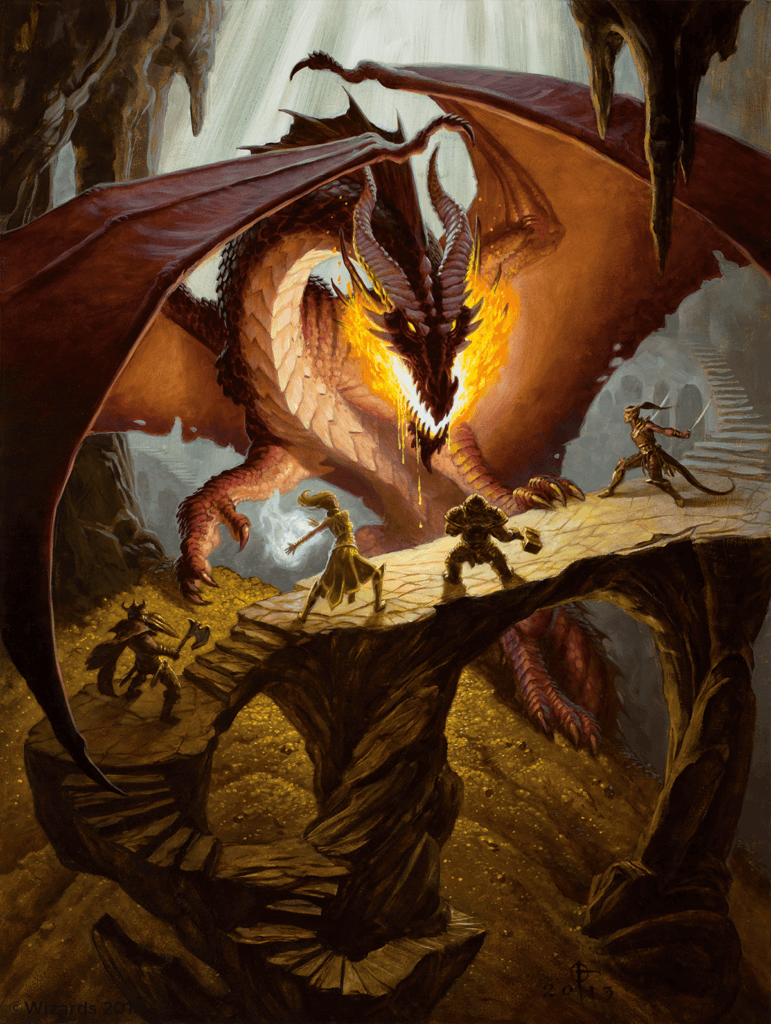
Players each take on the role of a character within the story—a player character (PC). This doesn’t mean you have to dress up, do a voice, or actually learn swordsmanship—though some people do these things because it’s part of their joy. What taking on a role means is: you, the player, uses your character concept and the background you built for them decide how they interact with the world and other PCs at the table. Really, Players choose everything for their character’s from dialogue to their actions in combat. This dynamic creates a rich, interactive experience where the narrative unfolds organically based on the players’ decisions and the DM’s guidance.
The Dungeon Master serves as both the narrator and referee of the game. The DM creates the world in which the story takes place, describes the settings, controls the non-player characters (NPCs), and presents challenges for the players to overcome. If the players are the actors in a movie, the DM is the lead writer who hands them the story outline and tells them to improvise the lines. Then the DM becomes the director, set designer, the extras, and effects persons as well. It’s a big role.
D&D Terminology That’s Good to Know
Starting with Dungeons & Dragons can feel a bit overwhelming, especially with all the unique terminology. Here are some key terms you might have heard in streams or from friends who play. Hopefully these will keep you from feeling like your listening to generational lingo:
- Roll: This refers to rolling dice to determine the outcome of an action. For example, when a character tries to hit an enemy, they’ll make an attack roll to see if they succeed. Remember though, it’s called Role-play, not Roll-play. Let the characters and story be your guide as often as you can.
- Nat 20 or Critical Hit: A Nat 20 is the highest you can roll on a d20. It is often celebrated at the table as a massive success and can mean something extra occurs. A good DM, and playrs to be fair, can often come up with ways to celebrate a 20 or even a 1 as a great way to propel the game/story forward with a dice roll.
- TPK: Total Party Kill (or Knockout). It means that the entire party, through a combination of actions they took or poor dice rolls, has been reduced to 0 HP, knocked unconscious, or killed. This is more rare today and was more common in an era of D&D where the style of play was more confrontational between the DM and Players.
- Rule of Cool: This a term that began with movies and TV to allow for awesome things to happen in order to make the scene work better or feel more epic/rand. It was co-opted into gaming and is a way for DMs to manipulate the rules in order for an epic moment to happen.
- One-shot: This is an adventure that is a single session. These are great if you and your friends only have a limited time and want to just play a quick game. One-shots are also a great way to introduce new players to the game without the pressure of learning anything other than what they are given.
- Session: A session is a single play event where a one-shot or a part of a larger campaign is played. Sessions typically last 2-4 hours and are often part of a larger campaign.
- Campaign: A campaign is a series of connected adventures that the players undertake over multiple sessions. It’s the overarching storyline that unfolds as the game progresses.
What is a Character Sheet?
A character sheet is essentially the blueprint for your character in Dungeons & Dragons. It contains all the essential details about your character, including:
- Attributes: These are the core stats of your character, such as Strength, Dexterity, and Intelligence. They influence how well your character performs certain skills and actions.
- Skills: These are specific skills, like Stealth, Persuasion, or Acrobatics, that your character can do. Like everyone, you may be more proficient at some than others, that doesn’t need to stop you from attempting them.
- Hit Points (HP): This is a measure of your mental and physical durability. When your character takes damage, their HP decreases. If it reaches zero, your character is usually unconscious or worse. Try not to see it as a video game gauge; instead it’s more akin to movie characters like Ripley, John Wick, or “The Bride” in Kill Bill getting in fights, yet keep going as their HP fluctuates.
- Equipment: This section lists all the gear your character carries, such as weapons, armor, and magical items.
- Background: This includes your character’s backstory, personality traits, and motivations, adding depth to your role-playing experience. This can be a major source of inspiration for hope to play your character—who they are, what they do, and why all can come from this little section.
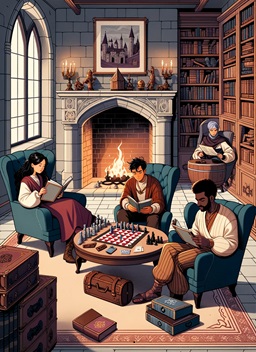
Your character sheet will become a living document. It will evolve as your character grows stronger, learns new skills, and gains new equipment throughout the campaign.
A good practice for a DM, especially if you are new as this will be a great new habit, is to treat a player’s character sheet as a golden box. Other than mechanical situations that come up in game play, nothing inside that golden box should be forcibly modified by the DM. It is the only thing in the game-world that the player has total agency over so you only want to cross those edges with permission. More on this in a future post.
How Dice Work in D&D
These are the great deciders. The roll of the dice often decides if your character did or did not achieve a task and introduce an element of chance making sessions unpredictable and exciting. Whenever a player attempts an action with an uncertain outcome—such as attacking an enemy, picking a lock, or persuading an NPC—the result is determined by rolling dice. The roll is often modified with like the character’s abilities, spells, or environmental influences. The result determines whether the action succeeds, fails, or leads to unexpected consequences. This randomness adds tension and thrill, ensuring that no two games are ever the same.
NOTE TO NEW DMS: Rolling dice is not important, until it is. Never hide the plot behind a roll characters must succeed.

Different ttpgs use different dice
D&D uses a variety of dice, each serving different purposes:
- d20 (20-sided die): The d20 is the most commonly used die in D&D. It’s rolled for most actions, including attacks, skill checks, and saving throws. A higher roll typically indicates a better outcome, with natural 20 (rolling a 20) often resulting in a critical success, and a natural 1 (rolling a 1) leading to a critical failure.
- d6 (6-sided die): The d6 is the standard six-sided die that most people are familiar with from traditional board games. In D&D, it’s often used for determining damage, especially for weapons like daggers, short swords, or spells like fireball.
- d12 (12-sided die): The d12 is commonly used for damage rolls involving larger weapons, such as a great axe.
- d10 (10-sided die) and d8 (8-sided die): These dice are frequently used for various damage rolls and for calculating certain effects or abilities.
- d4 (4-sided die): The d4 is usually rolled for small weapons like daggers or spells that deal minimal damage.
Disclaimer – the person that gets you into D&D dice sets used in the game can not be held responsible for any dice goblin behaviors that will arise from the need to roll more dice.
Getting Started
A. As A Player
Finding a Group and a First Session
Finding the right group makes all the difference in a gaming experience. Many people start by joining groups with friends who already play, libraries or local gaming stores often have access to sessions. There are also online platforms like Roll20, Discord, and even Meetup where you can find welcoming groups. If you have a group of friends and are still unsure where to go, or are looking for a more personalized introduction, or even have an event like a birthday party, consider hiring a professional Dungeon Master. A professional DM, like myself, can tailor the experience to your skill level, ensuring you feel comfortable and engaged right from your first session.
Creating Your First Character
Creating your first character is one of the most exciting parts of starting D&D. The 5.24 D&D rules do a pretty good job at running you through the mechanics of creating a character. Don’t forget the concept or story. Some people know exactly what they want to do when choosing a species and class, assigning ability scores, and developing a character backstory. When starting new campaigns, I have found a Session 0 (Zero)—a first-ish session to walk the team through character creation and story expectations—ensures that characters are functional and fun to play. Remember, your character doesn’t need to be perfect—D&D is about enjoying the journey and evolving your character over time.
B. Starting as a Dungeon Master
Running Your First Game
Just do it. I know, I know—this is far easier to say than it is to do. None-the-less it’s true, often the reason people don’t start to DM is because they think they can’t or will make mistakes. I have been doing this for years and still make mistakes—and I run dungeons and dragons professionally for people in a castle. Stepping into the role of Dungeon Master can be intimidating, challenging, yet oh so thrilling. Start with an adventure that interests you to run.
Remember, you are not expected to recreate the entire Lord of The Rings Saga; just focus on bits of it: the council and formation, the travel, or that first encounter at Weathertop. This lets you as a new DM just focus on what you need to to get comfortable, the big picture will come in as you play. One of the best tips I can give a new DM is to listen to your players!!! They will always talk to each other before, during, and after the game. Five imaginations are more potent than one and will always present you with ideas you may never have thought of.
Where to Find Simple Starter Campaigns
If you’re not ready to create your own campaign that’s perfectly fine! There are plenty of beginner-friendly resources available. The D&D Starter Set and Essentials Kit are excellent starting points, providing pre-built adventures that are easy to run. This way, you can focus on enjoying the game, knowing that the adventure is in expert hands.
Go Forth and Roll those Dice!
As you continue to play, don’t hesitate to ask questions, seek advice, and learn from others in the gaming community. Like we have seen from 50 years of the game and the revised 5.24 rule set, the game and the way we play is constantly evolving and getting better. There are endless resources available to help you grow your skills and deepen your understanding. Whether you’re refining your role-playing techniques, mastering the art of dungeon mastering, or simply enjoying the camaraderie that comes with the game, there’s always something new to discover.
Remember, Dungeons & Dragons is about having fun, imagination, and connecting with others. Embrace the adventure, aim for fun, and let me know how it goes!
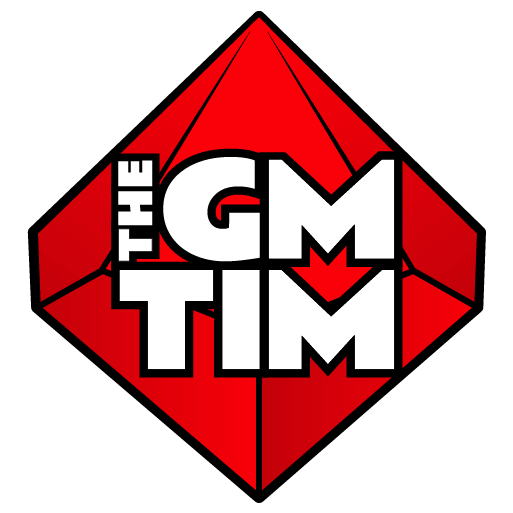

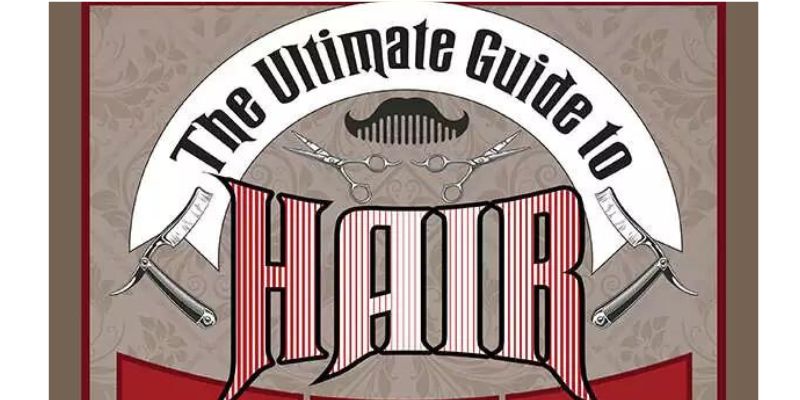
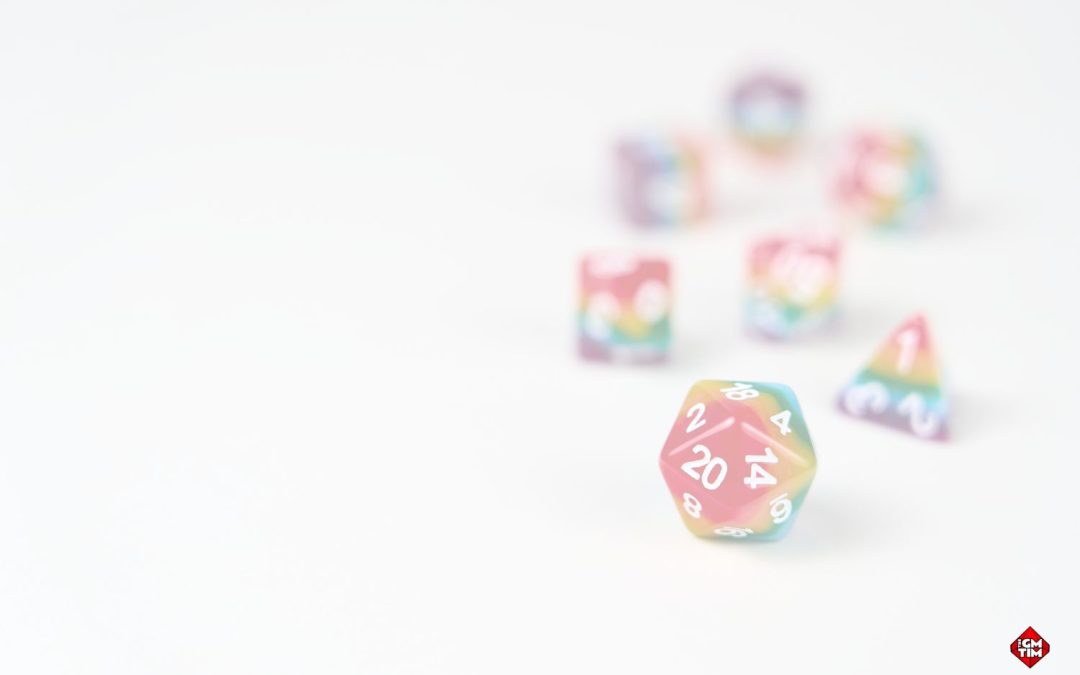
0 Comments